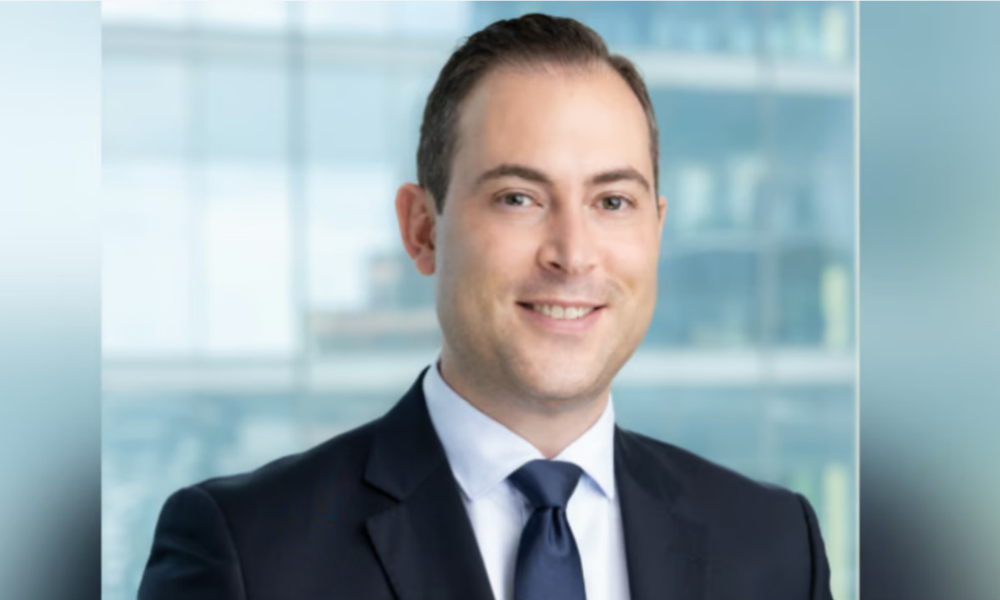After worst year for public markets, Vanguard's head of Product, Americas sees 'great future' for traditional stock-bond portfolio

After suffering painful losses in the public markets in 2022, one can’t blame investors and investment professionals from wanting to diversify beyond the traditional 60-40 mix of long-only stocks and bonds.
But according to one leader at Vanguard, even its worst year on record shouldn’t be enough for advisors and their clients to totally abandon the balanced portfolio.
“If we look at the numbers, and just see what's happened, we think the balanced portfolio is actually still very well positioned and will serve investors very well,” says Salvatore D’Angelo, head of Product at Vanguard Americas.
A no-good, very bad year for the balanced portfolio
D’Angelo acknowledged 2022 was a tough year for the balanced portfolio, though it was a very abnormal year in the public markets. Central banks rapidly tightened on monetary policy in a bid to rein in record inflation; the Bank of Canada, for its part, ratcheted interest rates up to 4.25% by the end of the year from 0.5% just nine months prior.
As rates skyrocketed, yields on fixed income also took off, causing fixed income securities to lose value in short order; rapidly rising rates also caused growth stocks to crater quickly.
Ultimately, 2022 turned out to be the worst year for public markets in recent history, with Barclay’s US Aggregate Bond Index falling 13% – its deepest loss on record – and the S&P 500 enduring a drawdown of more than 18%. The TSX ended the year relatively unscathed in comparison, with a negative return of 8.5%.
Now, the story has reversed. The balanced portfolio in Canada has advanced by roughly 8% by the end of August, as measured by Vanguard’s flagship multi-asset ETF VBAL, driven partly by enticing gains on the fixed income side.
“The fixed income portion of the balanced portfolio is actually generating strong fixed income yields on the order of 4% to 5%,” he says, noting equity returns will likely be more modest moving forward. “We think a 5% to 7% return, in Canadian dollars, will be perfectly achievable.”
Fixed income revival fuelling the 60-40 future
Following the balanced portfolio’s woes in 2022, the idea of diversification beyond traditional stocks and bonds is taking over mainstream investment conversations.
In a recent event, leading alternative investment firm Ninepoint Partners polled hundreds of advisors from across Canada and found around four fifths (83%) plan to get more exposure to alternative investments in their client or model portfolios in the next 12 months. That includes almost two thirds of advisors who intend to boost their allocations to private credit.
Earlier this year, BlackRock also attracted headlines by suggesting 60/40 portfolios may not do as well as they had before, as the counterbalancing dynamics between growth assets like stocks and fixed income has changed post-pandemic.
Depending on the future path of inflation, it said bonds may not offer the same kind of ballast in a 60/40 portfolio” that it had previously, and it could now make sense to consider alternatives such as long/short investing strategies and private investments.
But a rearview look at returns pre-2022, D’Angelo says, shows a “huge run-up” in the markets, with the balanced portfolio generating above-average returns. While the carnage in the markets last year was excruciating for a plurality of investors, if not the majority, he said the upshot for the balanced portfolio was actually just a reset to its historical norm.
“We don't think that there's anything wrong with the balanced portfolio,” he says. “We actually think it has a great future going ahead.”



